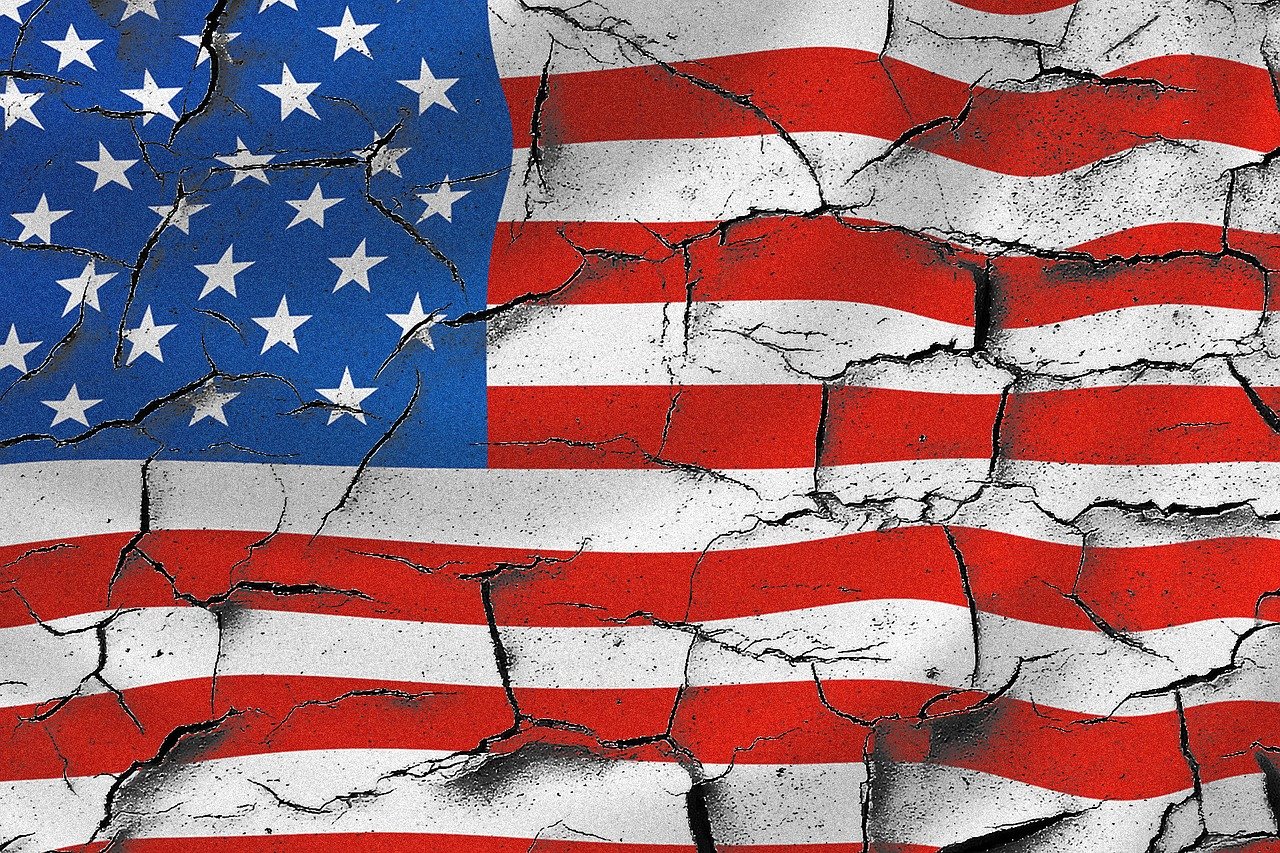Last Christmas Eve, Mars was hit by a meteoroid so large that it created a fresh crater that spans 490 feet and is 70 feet deep, NASA announced Thursday.
This isn’t the biggest crater to form on Mars, but all others “predate any Mars mission,” the space organization said in a blog post about the discovery. The impact and subsequent crater were documented and discussed in a research report and an accompanying editorial in the Oct. 27 issue of the journal Science.
Scientists think the meteoroid may have measured 16 to 39 feet. Other remnants of the meteoroid’s impact landed 23 miles away.
The impact happened on Dec. 24, 2021 in the Red Planet’s Amazonis Planitia region. NASA’s InSight Lander, an outer space robotic explorer, felt the impact and recorded a magnitude 4 “marsquake.”
InSight landed in 2018 and since then has detected 1,318 marsquakes. The spacecraft is set to shut down within the next six weeks.
This most recent meteoroid, impact and crater are part of a “marsquake” deemed the first to have surface waves, a seismic wave that moves along the top of a planet’s crust.
Pittsburgh shooting:6 people shot outside church during funeral service for shooting victim
Another art assault:Climate activist tries to glue head to ‘Girl with a Pearl Earring’ painting, 3 arrested
How was the crater discovered?
Scientists at Malin Space Science Systems in San Diego helped make the discovery after looking at before-and-after images from NASA’s Mars Reconnaissance Orbiter, also called MRO.
The group runs two cameras aboard the orbiter: the Context Camera that provides black-and-white, medium-resolution images and the Mars Color Imager, which makes daily maps of Mars and helps scientists track large-scale weather changes like dust storms.
The team first saw the crater on Feb. 11, 2022. They were taking photos to complement an earlier photograph of the area, said Liliya Posiolova, from the facility’s Orbital Science and Operations Group.
“When that image came back, it was so unusual, like we’ve never seen before,” she told USA TODAY. “This dust disturbance area was so large … We’ve kind of been calling it a Guinness record.”
The scientists wondered if the dust disturbance was visible on their color imager camera, so they took a look. That’s when they noticed debris, Posiolova said.
She also remembered an email from NASA’s InSight mission about a recording of “a large seismic event” on Christmas Eve.
It’s the largest seismic event the Mars Reconnaissance Orbiter mission has seen in 16 years, she told USA TODAY.
“We’re very lucky,” Posiolova said. “Just having those two largest craters for our MRO mission would’ve been exciting enough … But the fact that InSight’s mission was operating during that time and was able to record this, that makes it that much more special.”
More from NASA:Mississippi residents felt shaking and heard loud booms. It was a fireball flying at 55,000 mph.
Meteorites: NASA Mars lander captures what it sounds like when a meteorite hits Mars
More recent discoveries from NASA
NASA also reported a large crater in September 2021; it was a bit smaller but is still one of the biggest the MRO has seen, Posiolova said.
The orbiter also captured snapshots of boulder-sized blocks of ice at the site. It’s the first time buried ice was spotted this close to the Martian equator, the warmest part of Mars.
UFOs: NASA announces 16 people who will study UFOs to see what’s natural – and what isn’t
The sun: Photo from NASA satellite shows the sun was ‘smiling’ this week
According to the space organization, craters help researchers get a better idea of the planet’s “geologic timeline.” They also reveal below-the-surface materials.
This most recent crater allowed scientists to see large chunks of ice, captured by a high-resolution imaging science experiment camera.
The ice, researchers said, will be useful for astronauts by giving them a source for drinking water, agriculture and rocket propellant.
What’s everyone talking about?:Sign up for our trending newsletter to get the latest news of the day
Saleen Martin is a reporter on USA TODAY’s NOW team. She is from Norfolk, Virginia – the 757 – and loves all things horror, witches, Christmas, and food. Follow her on Twitter at @Saleen_Martin or email her at sdmartin@usatoday.com.


